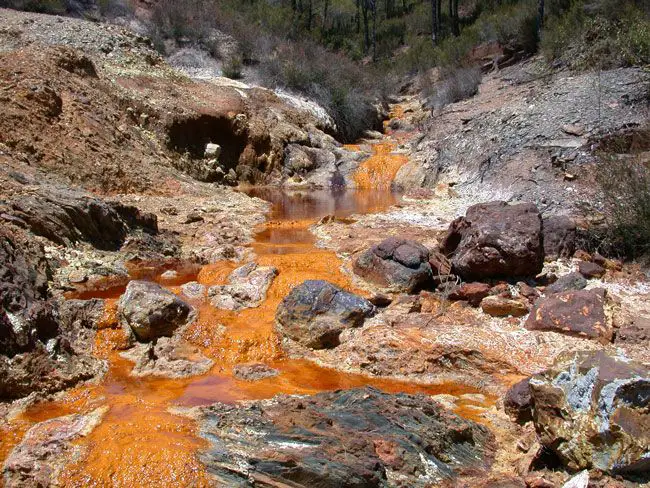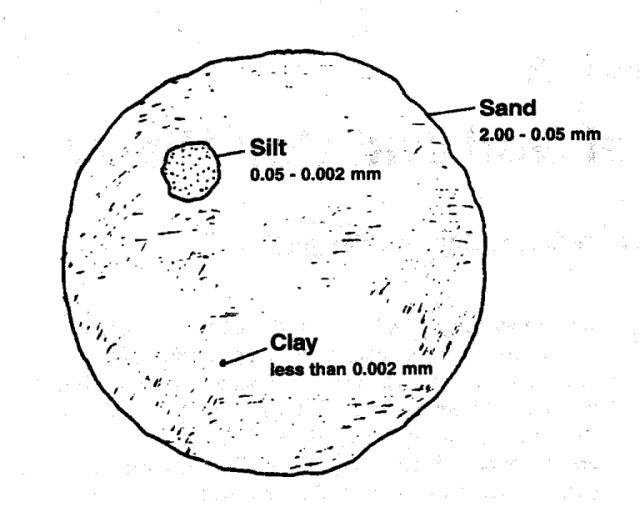Is Air Dry Clay Safe For Candle Holders?
What is Air Dry Clay?
Air dry clay, sometimes called modeling clay, is a versatile crafting material made primarily from water, clay minerals, and cellulose-based binders. Unlike traditional clays that require firing in a kiln, air dry clays harden naturally through evaporation. As the water content in the clay evaporates over time when exposed to air, the clay particles bind together to form a solid yet still flexible material.
The main ingredients in air dry clay are:
- Water – provides plasticity and flexibility
- Clay – typically kaolin or bentonite clays that provide structure
- Cellulose-based binder – helps hold the clay together as it dries
- Preservatives – prevent mold or bacterial growth
Air dry clays are produced by mixing these ingredients into a soft, malleable dough that can be shaped by hand or in molds. The clays are available in white or terracotta colors. Common brand names include Crayola Model Magic, Activ-Clay, and Makins Clay.
There are generally two types of air dry clay:
- Non-hardening – flexible even when dry, better for molding
- Self-hardening – stiff and durable when dry, holds shape better
Both types dry naturally at room temperature within 1-3 days. When fully cured, air dry clay products can be painted, decorated, and sealed for protection and display.
Is Air Dry Clay Flammable?
Air dry clay is inherently flammable due to its composition and properties. The key factors that determine flammability are the flash point and autoignition temperature. The flash point is the lowest temperature at which the clay can ignite from an external flame source. The autoignition temperature is the temperature at which the clay will spontaneously combust without an external flame.
Air dry clay has a very low flash point, around 150-200°F. This means it can easily ignite if it comes into contact with a small flame source like a candle. The autoignition temperature is around 450-500°F. While this is higher, it’s still low enough that the clay could self-ignite if it gets hot enough.
In comparison to clays like oven-bake polymer clay, air dry clay is much more flammable. Polymer clays have significantly higher flash points, usually over 400°F. This makes them far less prone to catching fire from small open flames. The autoignition temperature of polymer clays can exceed over 700°F.
The bottom line is that the natural composition and porous structure of air dry clay makes it highly prone to igniting from candle flames. Proper testing and precautions need to be taken to reduce the fire risk when using it for candle holders.
Factors That Affect Flammability
There are several key factors that impact how flammable air dry clay is when used for candle holders:
Clay Composition
The ingredients used to create air dry clay affect its flammability. Clays with higher organic content tend to be more flammable. Pure clay minerals like kaolin are less flammable. Air dry clays use binders and fillers that can increase flammability.
Firing Temperature
Firing air dry clay at higher temperatures can reduce flammability. Most air dry clays are not fired, but some may be kiln-dried at low temps. Higher firing temps create more stable clay material that is less prone to catching fire.
Glazes/Paints Used
Applying paints or glazes can affect flammability. Water-based acrylic paints are typically fire-resistant. However, some oil-based paints may increase flammability. Using fire-resistant sealers or glazes specially formulated for clay may be safest for candle holders.
Safe Practices for Candle Holders
For any candle holder made from air dry clay, it’s crucial to follow safe practices to reduce fire risks. Here are some tips:
Allow Proper Curing/Drying Time
Air dry clay requires ample time to fully cure and harden before use with an open flame. It’s recommended to allow 1-2 weeks minimum of drying time before using the holder. Trying to rush this process increases the risk of trapped moisture that can lead to cracking or steam explosions if in contact with a flame.
Keep Away from Drafts While Drying
Avoid placing unfinished clay holders near heating/cooling vents, open windows, or anywhere drafts can circulate. The fluctuating temperatures and air exposure can cause uneven drying that results in weak spots.
Use Holders Safely
Once cured, place candles in holders on stable, level surfaces away from table edges. Never leave burning candles unattended. Keep them away from flammable materials like curtains. Extinguish candles before they burn down completely or if wax pools up around the wick. This helps prevent wax from spilling over and the holder from cracking due to heat exposure.
Testing Air Dry Clay Flammability
One way to test if an air dry clay candle holder is safe is by doing some small scale fire tests before using it. Here are some methods you can try:
Flame test: Hold a small piece of the air dry clay close to a flame, like a lighter or match. Observe if it ignites easily, burns rapidly, or chars without catching fire. Charring is a sign it may hold up to a candle flame. Rapid burning indicates it’s too flammable for candle holders.
Longer burn test: Place a small piece of air dry clay on a fireproof surface. Carefully light one end with a lighter or match and allow it to burn for 30-60 seconds. If it holds its shape without bursting into open flame, it may be safe to use. If it quickly ignites or turns to ash, it’s too flammable.
Candle test: Form a small cup shape from the air dry clay and let fully cure. Put a tealight or votive candle in it and light. Check for burning, browning, or charring. If the air dry clay stays intact and doesn’t ignite, it may be safe for candle holders.
These simple tests allow you to observe how the air dry clay responds to direct flame before using it for more elaborate candle holders.
Recommended Alternatives
If you are concerned about the safety of air dry clay candle holders, there are plenty of great alternative materials to use instead:
Pre-fired ceramics – Ceramic holders that have already been fired in a kiln at high temperatures are a safe, non-flammable option. The firing process makes the clay dense and resistant to heat. Just be sure any decorations or paints on the ceramic are also heat-resistant.
Glass or metal – Glass and metal like iron, steel, or aluminum do not burn or melt easily when exposed to candle flames. They make very durable, fire-resistant holders that come in many beautiful designs.
Usingeware – Everyday kitchenware made from ceramic, metal, or glass like bowls, plates, jars, and mugs are typically safe to use as candle holders. Again, just check any paints or decorations that they are high-temperature resistant.
The key when selecting candle holders is to avoid flammable materials like untreated paper or wood. Stick with non-combustible holder options, and always keep candles away from anything that could catch fire. With the right materials, you can create lovely candle displays safely.
Tips for Making Safe Holders
If you want to use air dry clay for candle holders, there are some tips to follow to reduce the fire risk:
Use Low-Fire Clay
Opt for an air dry clay that is formulated for low-fire temperatures, usually cone 06. These clays hold up better to heat versus regular air dry clays. Look for polymer clay, oven-bake clay, or self-hardening clay.
Add Sand or Grog
Mixing in sand or grog creates air pockets in the clay that help insulate it from heat. Aim for 10-25% sand or grog particles mixed into the clay. This helps prevent cracking or scorching when exposed to a flame.
Apply a Glaze
Coating the air dry clay holder with a heat-resistant glaze provides an extra layer of protection. Use a cone 06 glaze and apply 2-3 thin coats, letting each fully dry. The glaze helps reflect heat away from the clay.
Warning Signs of Unsafe Holders
When using air dry clay candle holders, be on the lookout for any signs that may indicate the holder is unsafe or damaged. Here are some key warning signs to watch for:
Cracks: Cracks or fractures in the clay can allow heat to penetrate through the holder more easily. Even tiny cracks or fissures can compromise the integrity over time. Inspect holders carefully for any cracks before each use. If any cracks appear, stop using the holder with candles.
Unusual smells: If you detect unusual, strong smells from the holder when a candle is burning, that’s a major red flag. It likely indicates the clay is scorching or releasing fumes, which means it cannot withstand the heat. Do not ignore strange smells, and cease using a questionable holder.
Discoloration: Look for any odd discolored patches, burn marks, or dark streaks forming on the holder, especially closest to the flame. Discoloration signifies the clay is essentially “baking” and weakened. Throw away any holders that display discoloration near where the candle burns.
Being aware of these possible warning signs can help you avoid safety issues with air dry clay holders. When in doubt, be cautious and don’t take risks with materials not proven to be fully non-flammable. It’s better to replace a holder than risk a dangerous situation.
What to Do if a Holder Catches Fire
If an air dry clay candle holder does catch fire, it’s important to have a plan to extinguish it safely. The first priority should always be to get yourself and others away from the immediate vicinity of the fire.
Once at a safe distance, smothering the flames with a tight fitting lid or fire blanket is often the best way to stop the fire from spreading further. Using materials such as baking soda or salt can also help extinguish a small contained fire.
Never try to carry a flaming holder or blow out the fire, as this can spread the flames and cause injuries. It’s also inadvisable to use water on wax and oil based fires, as it can splash burning material and spread the fire.
Having fire extinguishers and smoke detectors around candle usage areas is also recommended. Make sure to have an evacuation plan in place with clear exit routes. Practice the plan ahead of time so everyone knows what to do in an emergency.
Fires can spread rapidly, so don’t delay in calling emergency services if a fire gets out of control. Aiming to extinguish a flame within the first 1-2 minutes is crucial to prevent dangerous growth and smoke conditions.
Conclusion
In conclusion, air dry clay can be safely used for candle holders if certain precautions are taken. The main points are:
- Air dry clay is generally less flammable than polymer clay or plasticine, but precautions should still be taken.
- Low-fire clay is safer than no-fire clay. Choose an air dry clay labeled as low-fire or low-temperature.
- Fully cure and dry the clay before use. Moisture increases flammability risk.
- Apply a non-flammable sealer for extra protection.
- Avoid large, tall, or top-heavy designs prone to tipping over.
- Place candle holders on a sturdy, non-flammable surface away from flammable materials.
- Do not leave burning candles unattended.
With proper clay selection and safety practices, air dry clay can be effectively used for candle holders. For maximum safety, porcelain, stone, or metal may be better options. But air dry clay remains a popular choice when the right precautions are taken.



